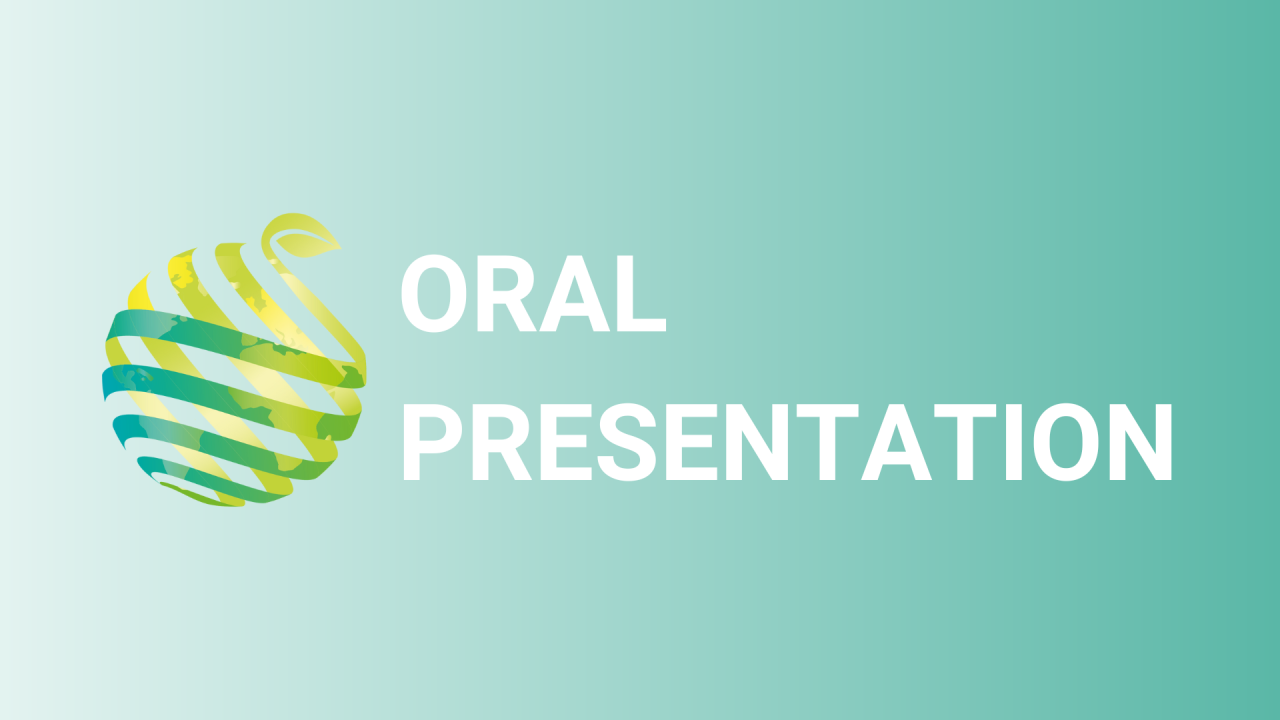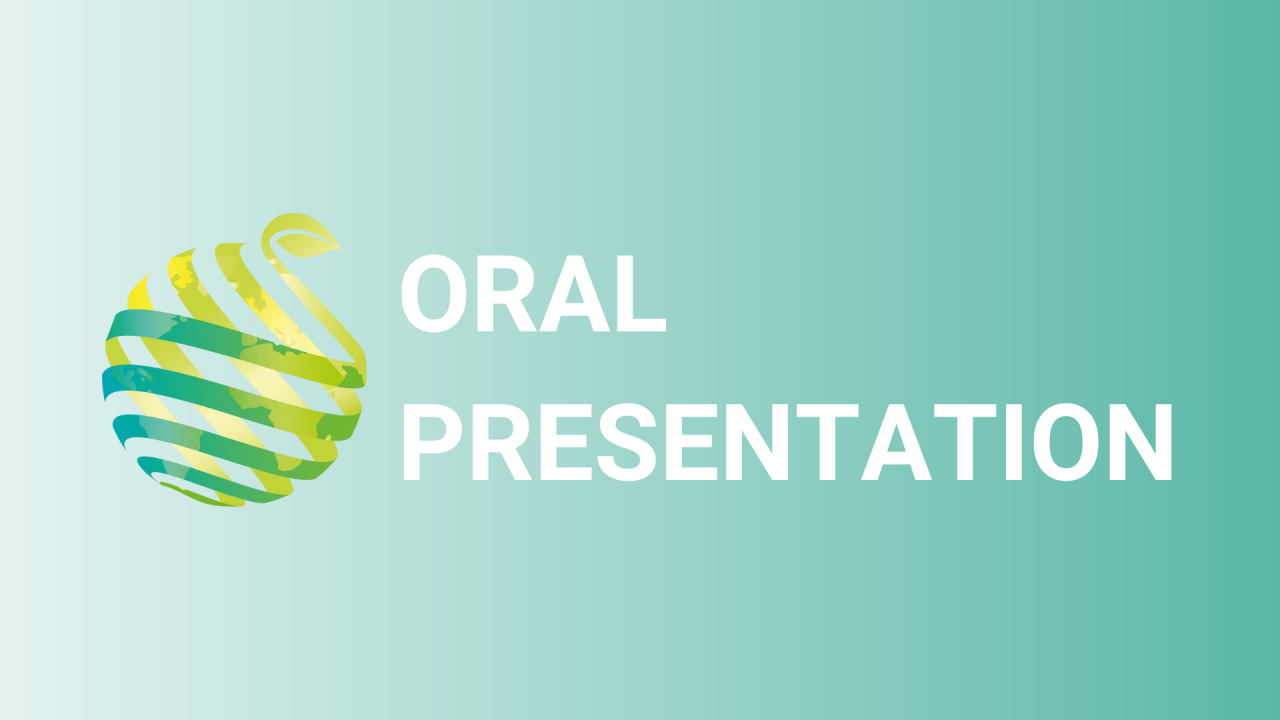

S16 - Session O2 - Innovation in tree fruit production system sustainability through horticultural engineering: case studies
Information
Authors: Gregory A. Lang *
Genetic engineering of plants has offered fascinating possibilities over the past three decades, often overshadowing what might be called horticultural engineering solutions to a great many production challenges. This presentation addresses the development of high impact, innovative advances in sustainable tree fruit production through the integration of plant morphological foundations, physiological research, improved cultivar and rootstock genotypes, biosystems engineering, and readily adopted orchard management practices: essentially, horticultural engineering. The case studies focus on a) 20+ years of developing and refining variations of a planar canopy architecture (Upright Fruiting Offshoots, UFO) for sweet cherry production that deconstructed a genetically evolved forest tree into its fundamental fruiting units, then reassembled these units into precisely optimized light- and labor-efficient orchard structures, and b) 10 years applying these same principles to improving peach production systems, with significant comparisons and contrasts critical for ultimate success. Concomitant with these advances that positively impact yield potential, fruit quality, labor efficiency, worker safety, reduced pesticide use, and facilitation of protected environment culture, rapid advances in digital imaging/sensing, data acquisition and interpretation, and robotic technologies also are more readily facilitated by horticulturally-engineered precision canopy architectures. Harnessing certain evolutionary vegetative traits, such as leaf phyllotaxy, vertical shoot orientation, and apical dominance, and accounting for reproductive characteristics such as spur- vs. shoot-bearing habits, as well as horticultural manipulations such as diffusion of vigor through multiple leaders, has guided our research approach to planar canopy development for sweet cherry and peach/nectarine. While genetic engineering continues to offer unique and powerful tools for manipulating a single or a few genes, horticultural engineering solutions should not be overlooked for addressing the challenging complexities of perennial cropping systems like tree fruit production more quickly, with more rapid potential adoption, wider acceptance by the public, and a high probability for significant and widespread impact.